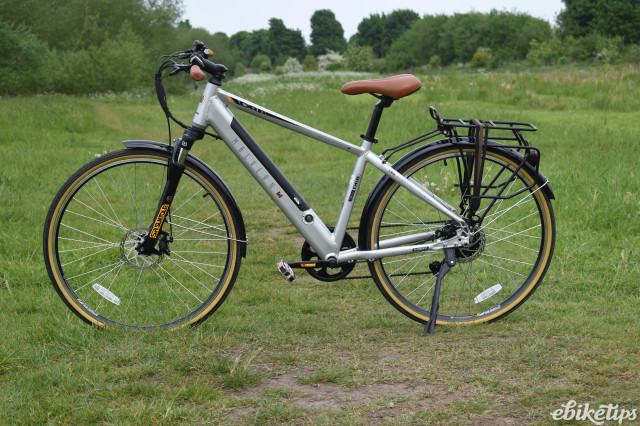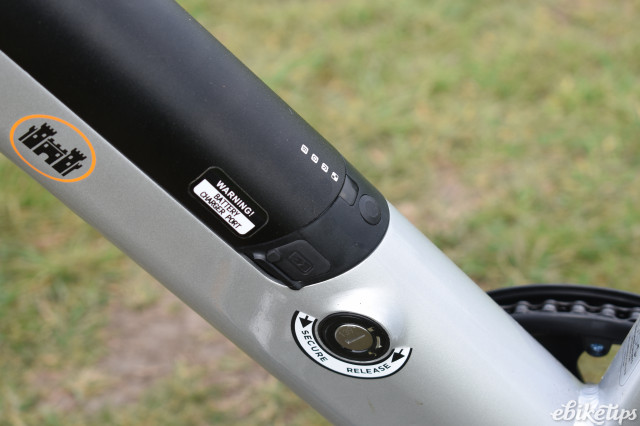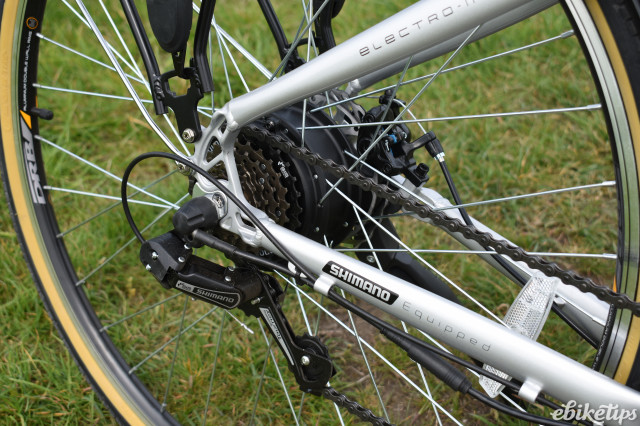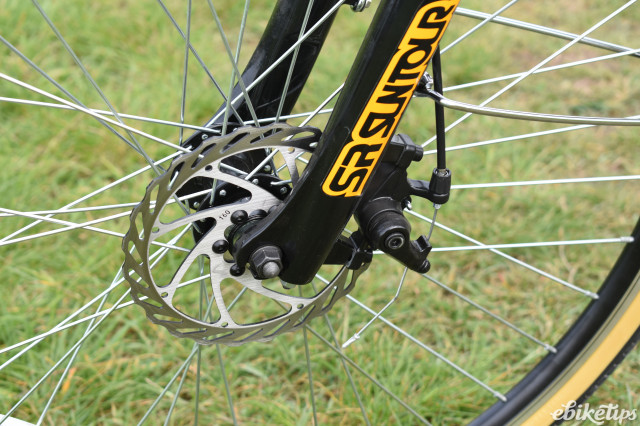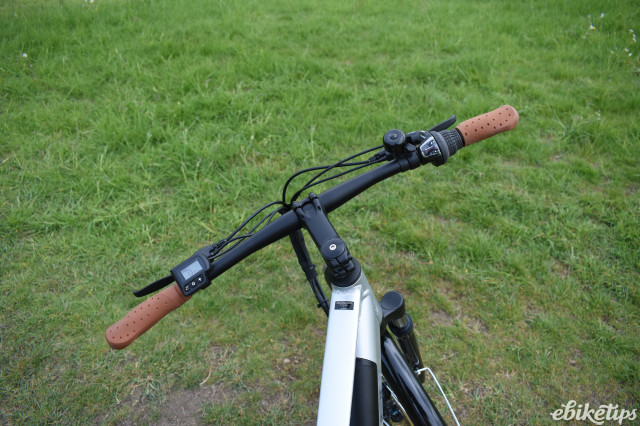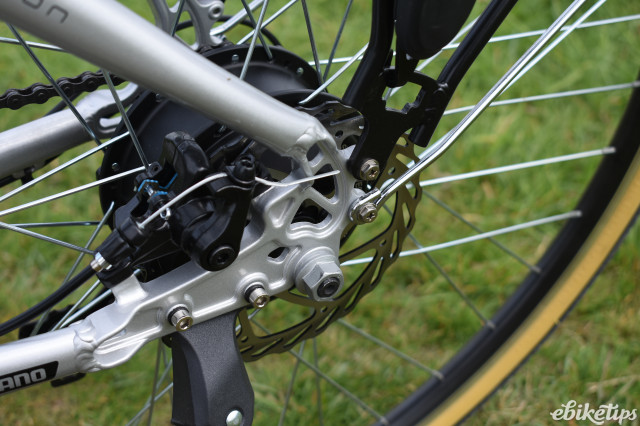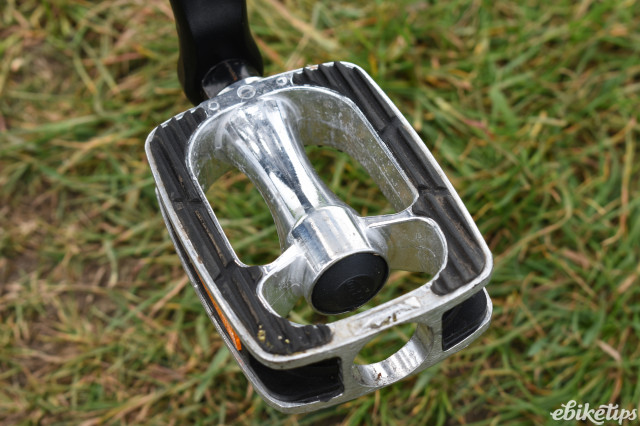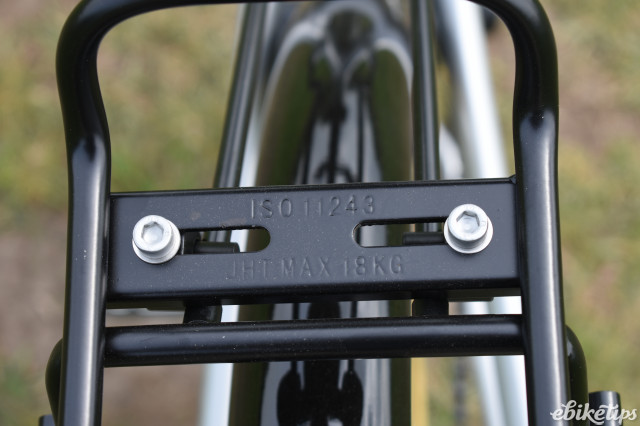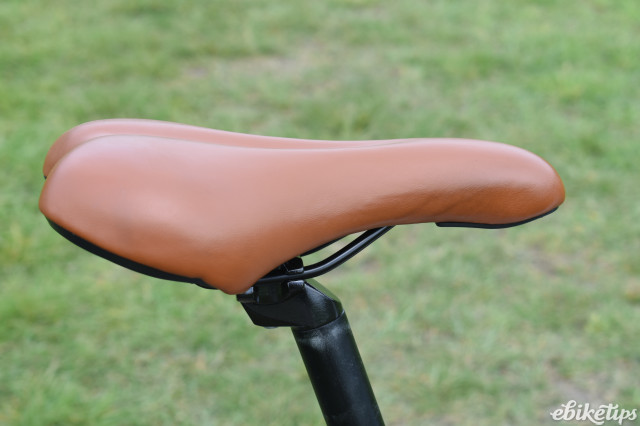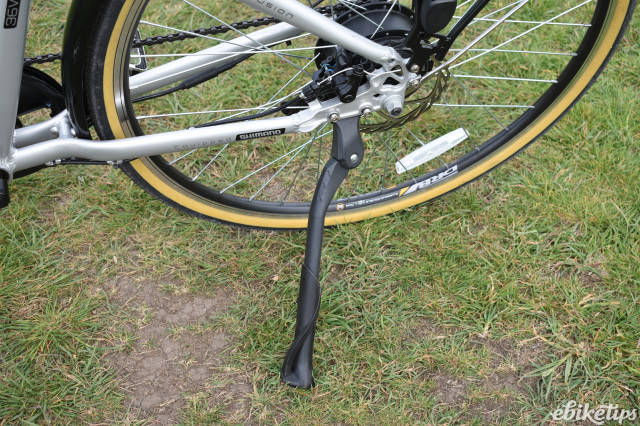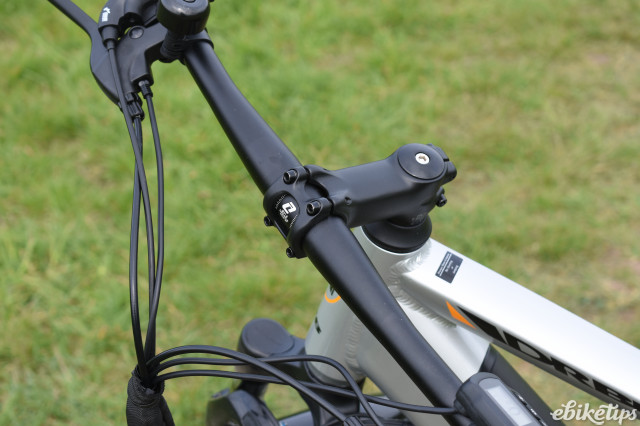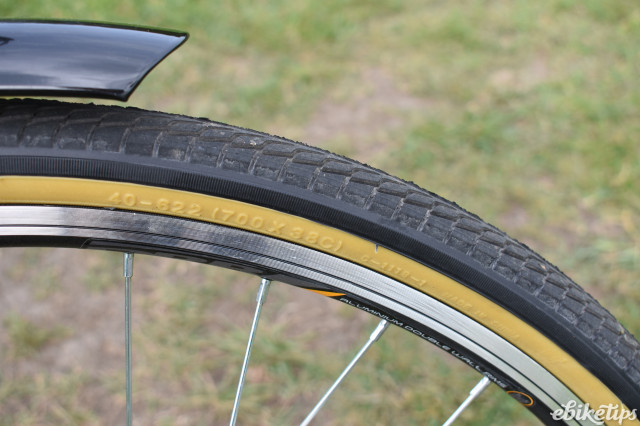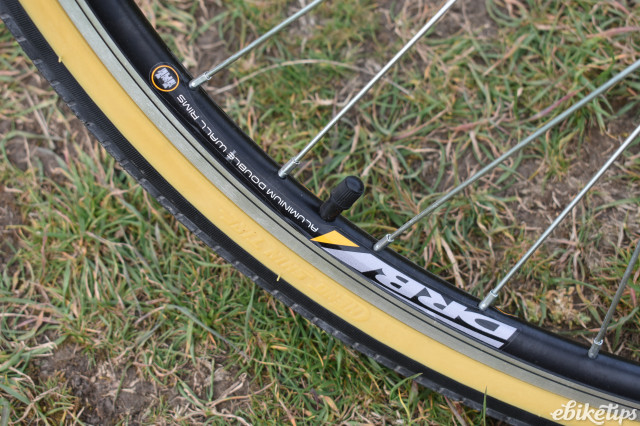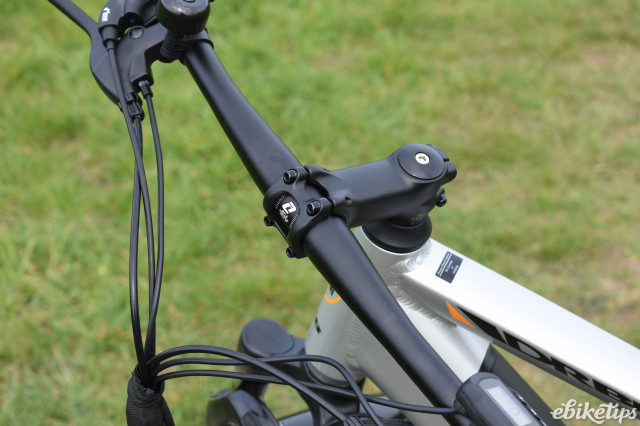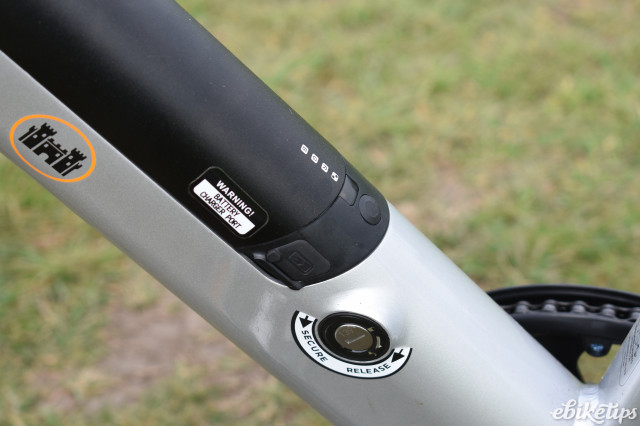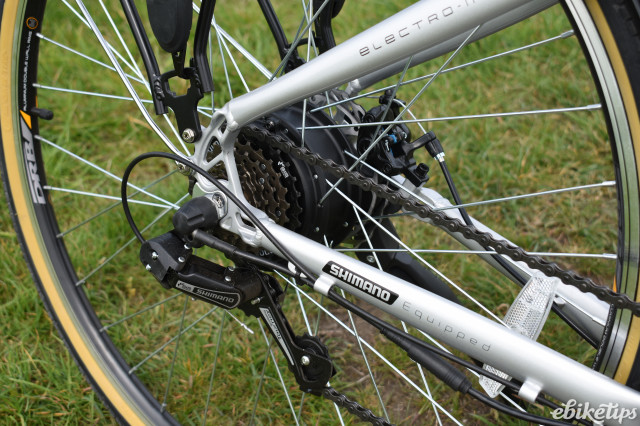Dallingridge Malvern
Overview
- Decent sized frame integrated battery
- Good motor power and control electronics for a budget system
- Hardwired lights are the only obvious omission
The Malvern is Dallingridge's take on a trekking e-bike. In large measure it's similar to the Harlow we reviewed (and liked) here. It shares the £1,249 price ticket, Far Eastern geared rear hub motor with 12 magnet cadence sensor, cable operated disc brakes and 6-speed Shimano derailleur gearing. The Dallingridge range is distributed by Evolving Sports who are working with dealers across the country.
Malvern v Harlow
The main difference between the Malvern and Harlow is in the frame. The Malvern is a 'trekking' or 'hybrid' frame with a crossbar as opposed to the step-thru city frame of the Harlow. This suits riders who want a sportier, slightly leant forward riding position rather than the upright position of the Harlow.
The Malvern also has an Aheadset stem as opposed to the older quill stem design on the Harlow. The question of which is better we don't need to go into here (it's somewhat of a horses for courses argument). The main practical differences on these two bikes being the fact the bars are more set forward on the Malvern (that sporty ride position again) and on the Harlow the bar height can easily be slid up and down, which is not possible on the Malvern (though Aheadset extenders to raise bar height are available at extra cost).
The Malvern's 18" frame size is about average and there is a good amount of height adjustment on the seatpost that should mean the bike is suitable for a good range of rider sizes.
Like the Harlow, the Malvern retains the wonderfully solidly integrated in-frame battery that's a doddle to get in and out (it can also be charged on the bike).
The only real weakspot in spec of both bikes is the lack of hardwired lights.
The ride
I rode the Malvern over pretty hilly countryside and the motor system performed very well, the twelve magnet sensor meaning the power came in and cut out reasonably quickly for a cadence system like this. It breezed up most of the hills in its way and even made it easily up the steepest 20% hill on my regular commuting route with around 12kg of gardening tools on the rack.
The only thing I felt lacking was a lower bottom gear to make really steep hills just a bit less effort and to be kinder to the motor system (and my knees!) Up our ultra-steep 25% test climb the lack of a bottom gear really told with the bike slowing to 4mph and a bit of standing on the pedals being required. But it still made it up without too much physical exertion - in itself quite impressive.
The six Shimano derailleur gears themselves worked faultlessly and the unbranded cable operated disc brakes were pretty effective (it took a while for the rear brake to wear in and for me to adjust it correctly after it started out pretty ineffectual, but it came good in the end). The Suntour front suspension worked fine for a cheap, steel sprung fork and helped cushion out less severe humps and bumps.
The display's battery meter is of the rather inaccurate 'battery blocks' type, but it's certainly not as 'bouncy' as some I've tried and you have a nice confirmation of the approximate power level on the battery's push button function. The handlebar display has a very useful little power consumption meter which tells you approximately how much power the motor is consuming and this can aid an economic riding style if you keep a careful eye on it.
Like the Harlow, I estimated range at around 30 miles over such hilly country and with a moderate load, plus my 68kg weight. You'd get greater range of course over easier terrain and/or with a much lighter rider.
The main difference is the sportier riding position. It feels faster, but with both bikes having an apparently identical motor system there's probably not much difference at relatively low speeds. Over 15.5mph the Malvern is probably a tad faster as it's more aerodynamic and the speedier riding position may also help get a bit more mileage out of the battery compared to the Harlow.
Value
We'd echo our thoughts on the Harlow here: this is a good value e-bike with a good sized battery and, within the boundaries of what's possible with a budget and reasonably small Chinese hub motor, it's a good performer too.
There are machines around for several hundred pounds cheaper, but generally speaking they don't have the luxury of that larger battery and have the less desirable rear rack mounted design with a front wheel hub motor (and may even be steel framed). Some of the lower priced machines will also be 'direct from the factory abroad' type operations, whereas Dallingridge have a longstanding UK track record in the e-bike business which should certainly count for something.
Of the brands in a similar or cheaper price bracket, Eskute are one we have tried and consistently liked and it's actually quite hard to separate them from Dallingridge in terms of value (Eskute's cheaper models feature a smaller battery). The big plus with the Dallingridge brand is UK-based support and a UK dealer network, plus longstanding experience in the e-bike biz from the company that owns Dallingridge.
All this means that, for sportier riders, the Malvern, like the rest of the Dallingridge range, comes recommended for value and performance.
